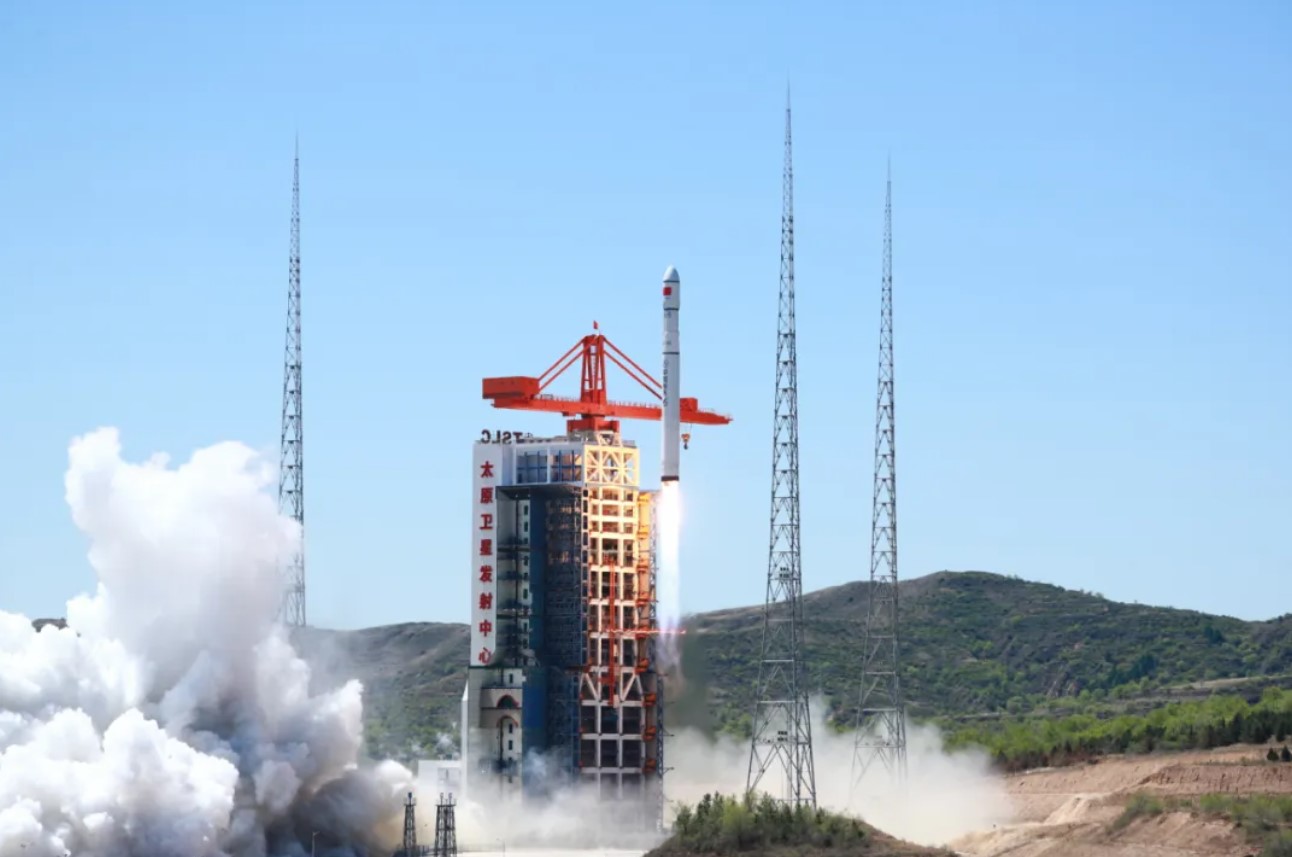Here is a good video as to the rationale for the extra-long SAM. Basically kicking the door with a stealth bomber allowing for a radar gap for the subsequent missile to pass through and hit valuable targets and military installation
As a seasoned blogger, I am both impressed and alert to the emergence of China's super-long-range air defense missiles. This breakthrough not only showcases China's formidable military strength but also hints at potential shifts in future warfare dynamics. The potential challenge posed to the adversaries' strategy of "penetrating air superiority" when confronted with China's missile defense system could have profound implications for international military balance and regional security. However, as a blogger
As the international military landscape evolves, the contest for air superiority is becoming increasingly crucial strategically. The adversary's proposed strategy of "penetrating air superiority" aims to overcome the challenges posed by China's missile defense, but China's counterattack has demonstrated unexpected strength. In this contest of technology and strategy, how will both sides proceed with their next steps of confrontation? Does the emergence of China's super-long-range air defense missiles imply a gradual weakening of traditional air superiority? Faced with the rapid development of future military technologies, how will both sides respond to maintain their respective countries' security and interests? Think tanks of potential adversaries have long believed that potential confrontation with China is inevitable, with triggers possibly being the Taiwan Strait, the Korean Peninsula, or the South China Sea. Therefore, they have proposed the "penetrating air superiority" strategy against China.
Penetrating air superiority refers to... Potential adversaries have long regarded air control as a crucial condition for achieving operational victory. Traditional air control strategies typically involve using aircraft to remotely strike key targets such as enemy air defense positions, radars, and airfields to seize air superiority. From the Gulf War to the Kosovo War, and several other local conflicts, the crucial role of air superiority in achieving victory has been demonstrated. By gaining air superiority, potential adversaries have quickly achieved victory in wars, and armed aircraft have played important roles in conflicts in the Balkans, the Middle East, and South Asia.
However, potential adversaries have found that it is not feasible to use aircraft to remotely strike important targets in mainland China. This is because China possesses the most diverse range of missiles globally, especially in new combat capabilities such as electronic warfare, cyber warfare, space warfare, and anti-satellite warfare, where China even surpasses potential adversaries, especially in electronic warfare technology. If engaged in conflict with China, potential adversaries would face difficulties penetrating and operating. Therefore, potential adversaries have proposed the new "penetrating air superiority" strategy.
As a seasoned blogger, I am both impressed and alert to the emergence of China's super-long-range air defense missiles. This breakthrough not only showcases China's formidable military strength but also hints at potential shifts in future warfare dynamics. The potential challenge posed to the adversaries' strategy of "penetrating air superiority" when confronted with China's missile defense system could have profound implications for international military balance and regional security. However, as a blogger
As the international military landscape evolves, the contest for air superiority is becoming increasingly crucial strategically. The adversary's proposed strategy of "penetrating air superiority" aims to overcome the challenges posed by China's missile defense, but China's counterattack has demonstrated unexpected strength. In this contest of technology and strategy, how will both sides proceed with their next steps of confrontation? Does the emergence of China's super-long-range air defense missiles imply a gradual weakening of traditional air superiority? Faced with the rapid development of future military technologies, how will both sides respond to maintain their respective countries' security and interests? Think tanks of potential adversaries have long believed that potential confrontation with China is inevitable, with triggers possibly being the Taiwan Strait, the Korean Peninsula, or the South China Sea. Therefore, they have proposed the "penetrating air superiority" strategy against China.
Penetrating air superiority refers to... Potential adversaries have long regarded air control as a crucial condition for achieving operational victory. Traditional air control strategies typically involve using aircraft to remotely strike key targets such as enemy air defense positions, radars, and airfields to seize air superiority. From the Gulf War to the Kosovo War, and several other local conflicts, the crucial role of air superiority in achieving victory has been demonstrated. By gaining air superiority, potential adversaries have quickly achieved victory in wars, and armed aircraft have played important roles in conflicts in the Balkans, the Middle East, and South Asia.
However, potential adversaries have found that it is not feasible to use aircraft to remotely strike important targets in mainland China. This is because China possesses the most diverse range of missiles globally, especially in new combat capabilities such as electronic warfare, cyber warfare, space warfare, and anti-satellite warfare, where China even surpasses potential adversaries, especially in electronic warfare technology. If engaged in conflict with China, potential adversaries would face difficulties penetrating and operating. Therefore, potential adversaries have proposed the new "penetrating air superiority" strategy.








